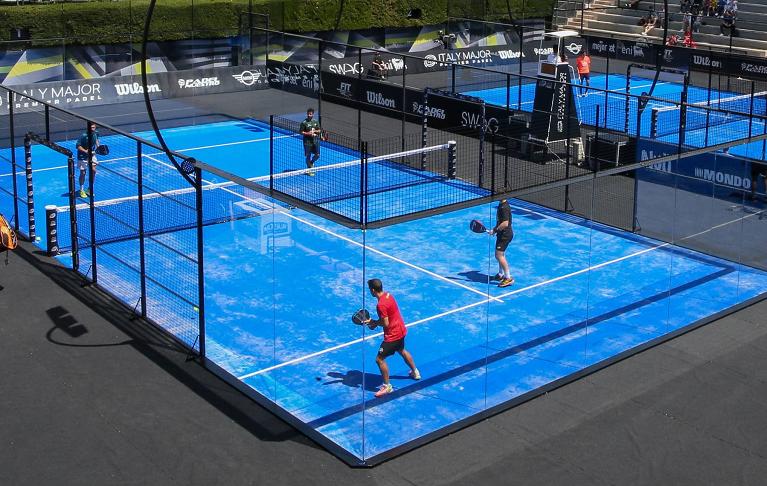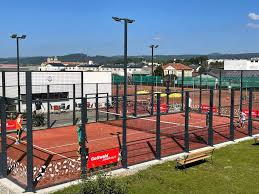In recent years, the popularity of padel tennis has been soaring worldwide, and China's sports landscape is no exception. As the need for padel courts grows in China, understanding the costs associated with building these courts becomes paramount for potential investors, sports facility owners, and enthusiasts. This article delves deep into the various factors that influence the construction costs of padel courts in China, offering a comprehensive guide to prospective builders.

The construction of a padel court involves several critical components that dictate the overall cost. Firstly, the selection of materials plays a crucial role. The court surface, which can be made from synthetic turf or concrete with a sand-infused topping, significantly affects the expense. Synthetic turf, with its benefits of shock absorption and durability, tends to be more costly than traditional concrete surfaces. However, in China's diverse climate, investing in high-quality turf could enhance the playing experience and longevity of the court, potentially reducing long-term maintenance costs.
Glass wall panels are another vital element in padel court construction. These panels are typically made from tempered glass, offering resilience and safety. The cost of glass panels depends on their thickness and quality, with higher-grade glass ensuring better durability and reduced risk of breakage. In China, procuring these materials domestically can reduce shipping costs, though importing superior-grade glass from specialized manufacturers may initially present higher expenses, it can afford enhanced quality and longevity.

The structure and framework supporting the padel court must also be factored in. Steel is generally the material of choice due to its strength and flexibility. The cost of steel can be variable, influenced by factors such as global market prices and local manufacturing costs. In China, where steel production is robust, sourcing affordable and quality steel is feasible, offering a financial advantage to builders within the region.
Lighting systems are a critical consideration, particularly for courts intended to operate beyond daylight hours. LED lighting is recommended for its energy efficiency and long-term savings, despite a higher initial investment. Modern LED systems provide superior luminosity and can be designed to minimize light pollution, an important factor in urban Chinese settings where environmental regulations are stringent.
china padel court build cost
Additionally,
the land on which the padel court is built is a considerable cost factor. In densely populated areas, especially tier-one cities like Beijing, Shanghai, or Shenzhen, land prices can be prohibitive. Builders might find more economical options in emerging urban areas or through partnerships with existing sports complexes. When purchasing land, it’s crucial to consider accessibility, local demand for padel, and zoning permissions, ensuring compliance with municipal regulations to avoid potential fines or operational hindrances.
Regulatory costs, including permits and inspections, are another layer of expenses. Navigating China's bureaucratic landscape can be complex, with varying requirements across regions. Engaging with local authorities early in the planning phase is advisable, potentially hiring local consultants familiar with the intricacies of regional compliance. This foresight can streamline the process and mitigate unforeseen delays and costs.
Labor costs in China are another variable. While the country offers a competitive edge with relatively lower labor costs compared to Western countries, skilled labor for specialized tasks such as installing glass walls or sophisticated lighting systems commands higher wages. Balancing cost-effectiveness with skilled installation is vital to ensure quality.
Moreover, additional amenities can increase the overall expense but may enhance the appeal of the facility. Options like seating areas, locker rooms, or refreshment kiosks can generate additional revenue streams. Weighing these potential income opportunities against the initial outlay is critical in the planning stages.
In summary, building a padel court in China involves a complex interplay of material selection, land acquisition, regulatory compliance, and additional amenities. While initial costs may appear daunting, focusing on quality components and strategic location can lead to a sustainable investment. By understanding these elements and leveraging China’s manufacturing capabilities, prospective padel court builders can navigate the market successfully, contributing to the sport's growing popularity while ensuring a return on investment.



